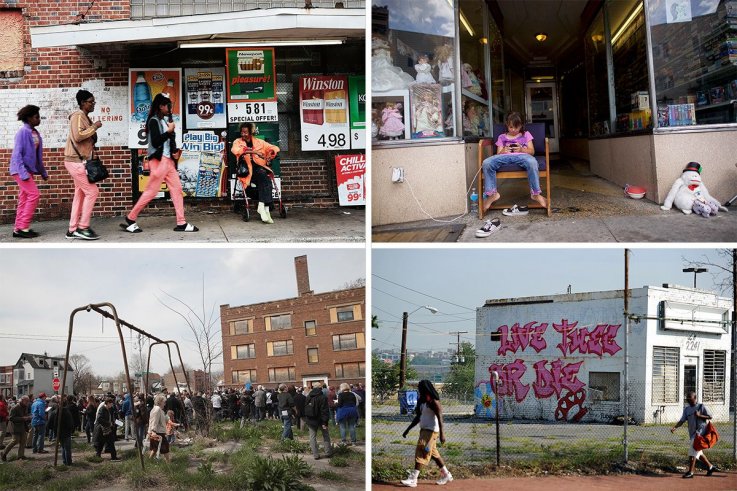The 50 U.S. Neighborhoods and Cities With the Lowest Life Expectancy

After decades of improvement, life expectancy in the U.S. has begun to shrink. As of 2016, according to the most current data from the National Center for Health Statistics, life expectancy has decreased by 0.1 per year since 2014, with the average American lifespan being 78.6 years.
But these figures are just part of a bigger story. Life expectancy varies greatly by ZIP code, as shown by a new joint project from the Centers for Disease Control and Prevention's National Center for Health Statistics, the National Association for Public Health Statistics and Information Systems, and the Robert Wood Johnson Foundation.
The U.S. Small-area Life Expectancy Estimates Project analyzed death records from 2010-2015 in every state except Maine and Wisconsin, where data was incomplete, to calculate a life expectancy for residents of every neighborhood.
Read more: Which cities have the most millionaires per square mile?
The results revealed the huge discrepancy in life expectancy in different parts of the country. While residents of Chatham, North Carolina, can expect to live to the age of 97.5, those in Stilwell, Oklahoma, live, on average, to only 56.3 years old.
"Where we live makes a big difference in how well and long we live," said Don Schwarz, senior vice president of the Robert Wood Johnson Foundation. "By releasing data on life expectancy at birth we can show how people living just a few blocks apart may have vastly different opportunities to live a long life because of their neighborhood."
Read more: The best beaches in the world, according to travel experts
Researchers emphasize that education and income are strongly, positively correlated with life expectancy at birth. Chatham County is a wealthy area with two large retirement communities.
On the other hand, the bottom 50 cities and neighborhoods all have a life expectancy that is at least 13 years below the national average. Neighborhoods populated largely by people of color are over represented on the list.
In Stilwell, 49 percent of people are Native American, and many other neighborhoods listed have large African-American or Native American populations.
"Many factors affect health, such as opportunities for quality education, good jobs, safe neighborhoods, affordable housing, reliable public transportation, access to health care, social services, healthy food and child care," said Schwarz.
Which areas are affected the most by these factors? Using the project data, we've listed the 50 U.S. neighborhoods with the lowest life expectancy.

